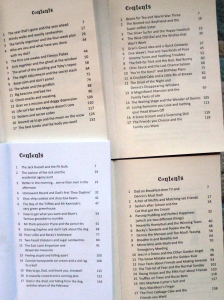Reading brainpickings this morning (fantastic site – do check it out), I came upon a quotation from Dr Oliver Sachs:
I say I love writing but really it is thinking I love — the rush of thoughts — new connections in the brain being made. And it comes out of the blue… In such moments: I feel such love of the world, love of thinking…
That’s exactly how it is for me. I’ve always written, as I’ve always explored my dreams, for the joy of inhabiting more of my own mind, and in wonder at its curious workings. It isn’t that my mind is unusually vast and curious – everybody’s mind is, but through writing and dream-working, we become aware of that.
I think the fact that we all have this incredible vastness of mind is what leads to the feeling Sachs describes as accompanying our creative aha moments, the sudden rush of love for the world, and for thinking, which goes beyond the individual, and connects us all.
I feel fortunate that I’ve been able to earn enough from my published work and related activities such as teaching workshops to keep the wolf from the door, but I see that side of my writing as the job. It’s only a small part of the writer I am.
Writing brings me, again and again, to the edges of my awareness. It feels risky; it feels exciting, making new writing explorations, not knowing what I’m looking for, or what I might find.
Confronting the non-rational is unnerving. Here the unfettered mind suffers a kind of agoraphobia, a fear of its own awesome spaces ~ Marilyn Ferguson
I would take it further even than mind, though. I feel that writing enables us to experience every area of our self more fully. The way we engage with the world through our senses, which can be quite unconscious until we need to pay attention to it in conjuring scenes and settings; the way emotion is not just something ephemeral, but anchored in the physical body, in blood and skin and muscle.
Our minds, our lives, are full of wonders, and when I say I love writing, I guess that really it is life I love.
What do you mean when you say you love writing?




















